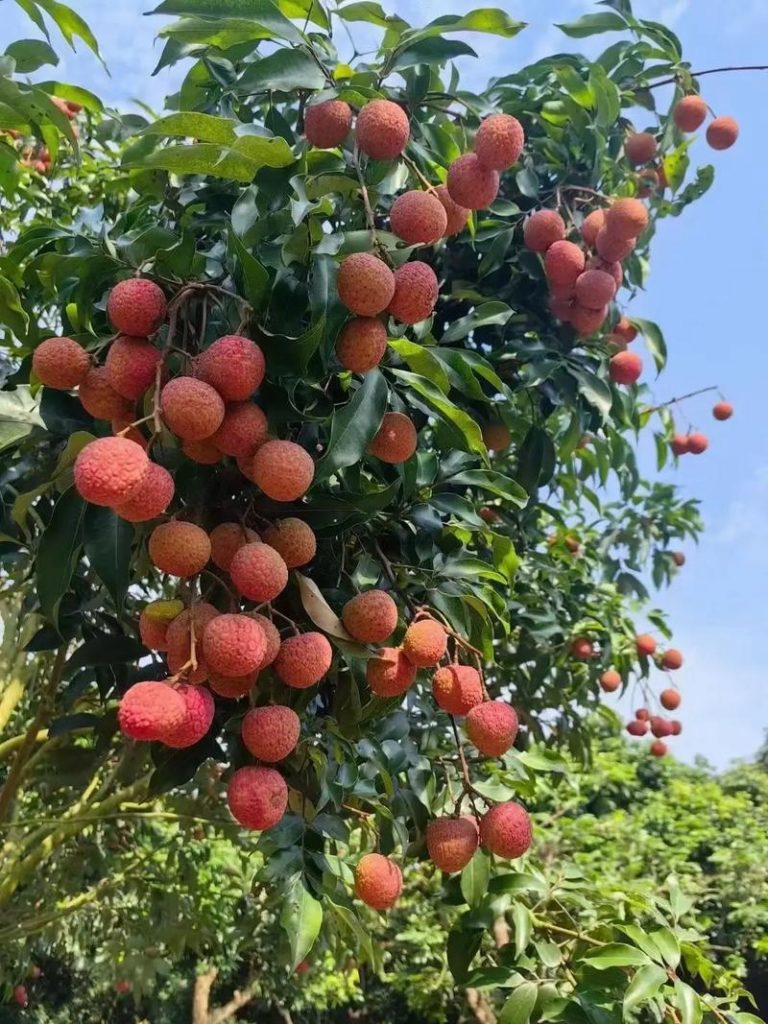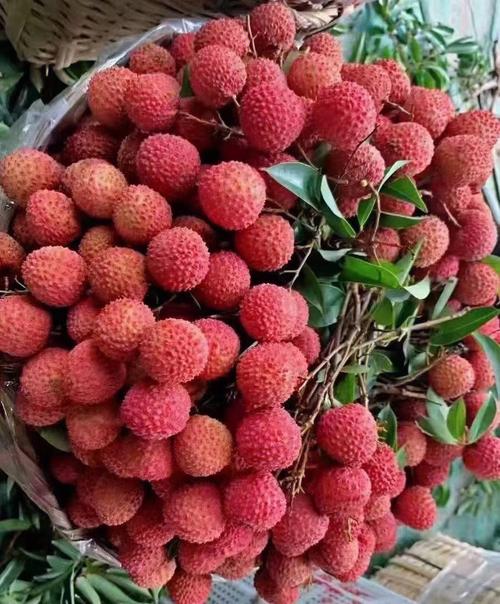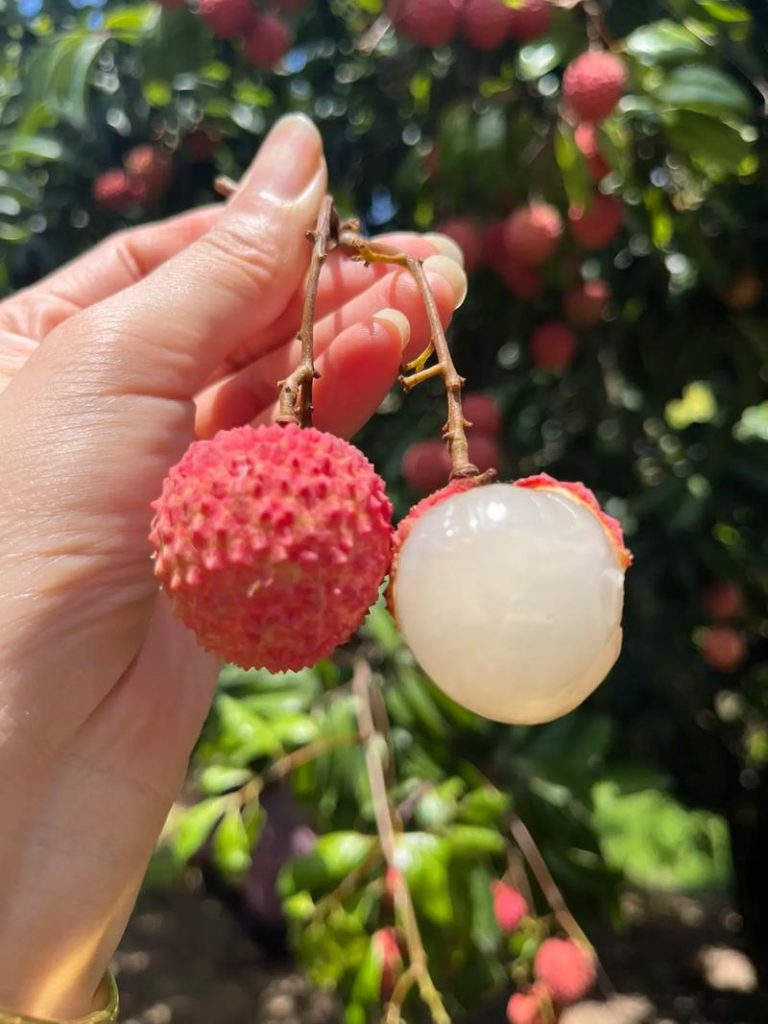


Learn how to import lychee from China efficiently. This guide covers supplier selection, certifications, logistics, and compliance to ensure seamless global trade.
—
Introduction
China, the world’s largest lychee producer, supplies over 80% of global lychee exports. Importing lychee from China offers access to premium varieties like Feizixiao, Nuomici, and Guiwei, but requires careful planning to navigate regulations, logistics, and quality control. This guide outlines the key steps to import lychee successfully.
—
Step 1: Identify Certified Suppliers
Partnering with reliable suppliers is critical. Look for:
1. Certifications:
– HACCP and ISO 22000 for food safety.
– GlobalG.A.P. for sustainable farming.
– BRCGS for EU/UK compliance.
2. Product Range: Fresh, frozen, dried, or canned lychee.
3. Logistics Capabilities: Cold chain integration and experience in your target market.
Tip: Use B2B platforms to shortlist suppliers, but verify credentials via third-party audits.
—
Step 2: Understand Import Regulations
Regulations vary by country. Key requirements include:
1. Phytosanitary Certificates: Mandatory for fresh lychee to prove pest-free status.
2. Maximum Residue Limits (MRLs):
– EU: Compliant with (EU) 2023/741 for pesticides.
– USA: Follow FDA’s tolerance levels under the Food Safety Modernization Act.
3. Labeling: Ingredients, allergens, and origin must align with local laws.
Red Flag: Avoid suppliers who cannot provide lab-tested Certificate of Analysis (CoA).
—
Step 3: Negotiate Terms & Samples
1. Minimum Order Quantity (MOQ):
– Fresh lychee: 500–1,000 kg.
– Frozen pulp: 1–5 tons.
2. Pricing:
– Fresh lychee (FOB): $4.50–$6.50/kg.
– Frozen lychee (FOB): $3.00–$4.20/kg.
3. Samples: Test for sweetness (18–22°Brix), defects, and packaging durability.
Pro Tip: Negotiate FOB terms to control freight partners and reduce risks.
—
Step 4: Optimize Logistics & Cold Chain
Lychee is highly perishable. Ensure:
1. Pre-Cooling: Temperature drops to 4°C within 2 hours post-harvest.
2. Packaging:
– Fresh: Vacuum-sealed boxes with oxygen absorbers.
– Frozen: Aseptic bulk bags in master cartons.
3. Shipping Options:
– Air Freight: 3–7 days (ideal for small, high-value orders).
– Sea Freight: 20–30 days (cost-effective for bulk frozen lychee).
Critical: Use IoT-enabled reefers for real-time temperature tracking.
—
Step 5: Quality Control & Inspections
1. Pre-Shipment Inspection (PSI):
– Check for defects (browning, mold), size grading (25–35 mm), and sweetness.
2. Lab Testing:
– Microbial Safety: <10 CFU/g yeast/mold.
– Pesticides: Below MRLs for your market.
Cost: Budget $200–$500 for third-party inspections.
—
Step 6: Customs Clearance
Prepare these documents:
1. Commercial Invoice (with HS code 0810.90.30 for fresh lychee).
2. Packing List.
3. Bill of Lading/Airway Bill.
4. Phytosanitary Certificate (issued by Chinese authorities).
5. Certificate of Origin.
Avoid Delays: Work with a customs broker familiar with agricultural imports.
—
Step 7: Distribution & Market Entry
1. Storage:
– Fresh lychee: Store at 1–4°C with 85–90% humidity.
– Frozen lychee: Keep at -18°C.
2. Marketing: Highlight certifications, taste profiles, and sustainability practices.
Case Study: A Dubai-based importer reduced spoilage by 30% using Guangdong suppliers with blockchain traceability.
—
Common Mistakes to Avoid
1. Ignoring Seasonal Supply: Fresh lychee is available May–July; plan frozen orders for off-seasons.
2. Poor Packaging: Inadequate insulation causes thawing or bruising.
3. Overlooking Duties: Calculate tariffs (e.g., 6.4% for fresh lychee in the EU) and VAT.
—
Conclusion
Importing lychee from China can be highly profitable with the right partners and preparation. Focus on certified suppliers, strict quality control, and robust cold chain logistics to deliver fresh, flavorful lychee to your market.
Pro Tip: Attend the China International Import Expo (CIIE) to network with top suppliers and stay updated on trends.
Article link:https://www.vlefooena.com/manufacturer/3577/

No reply content